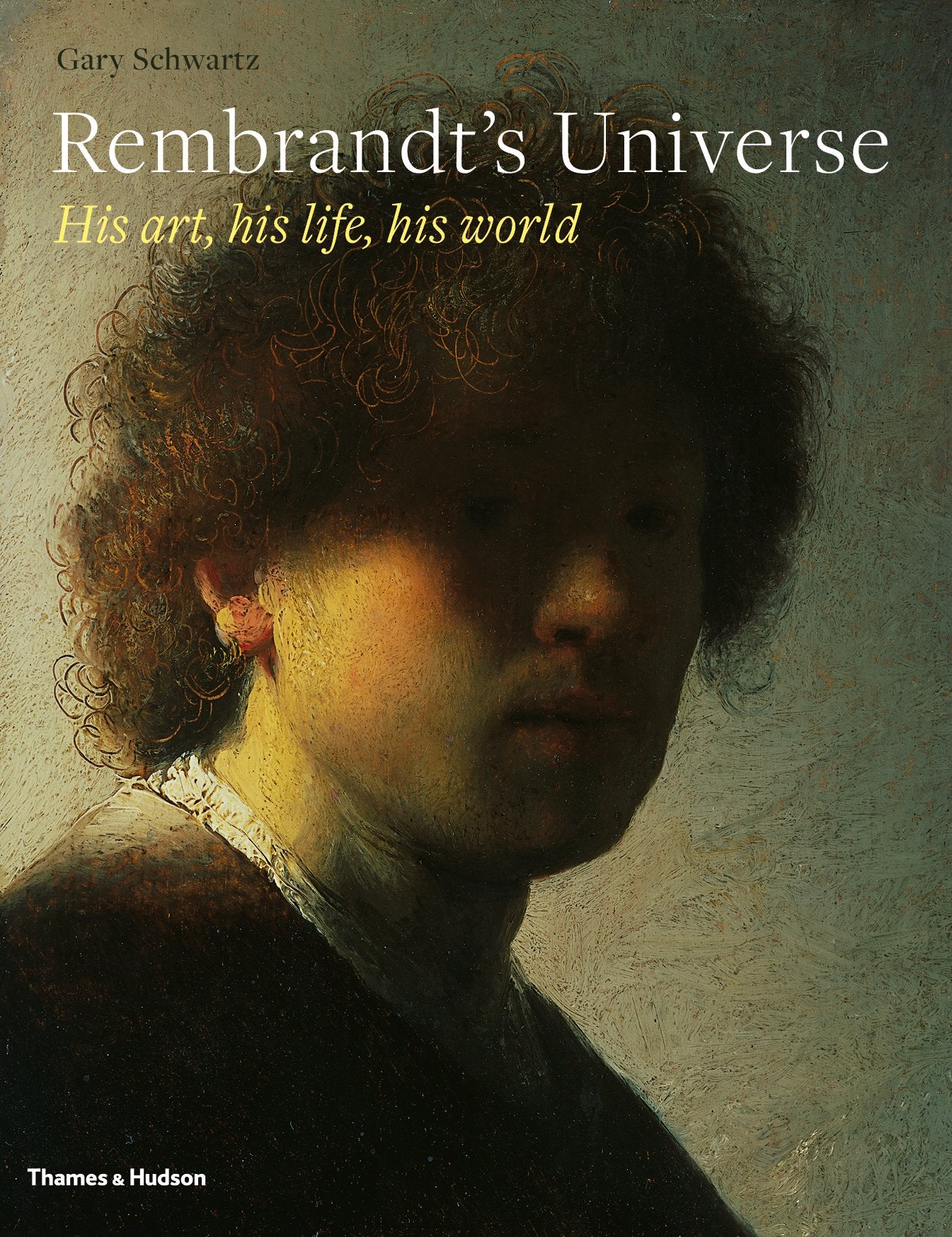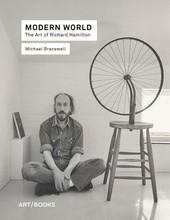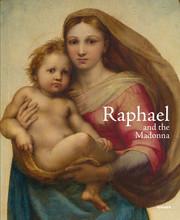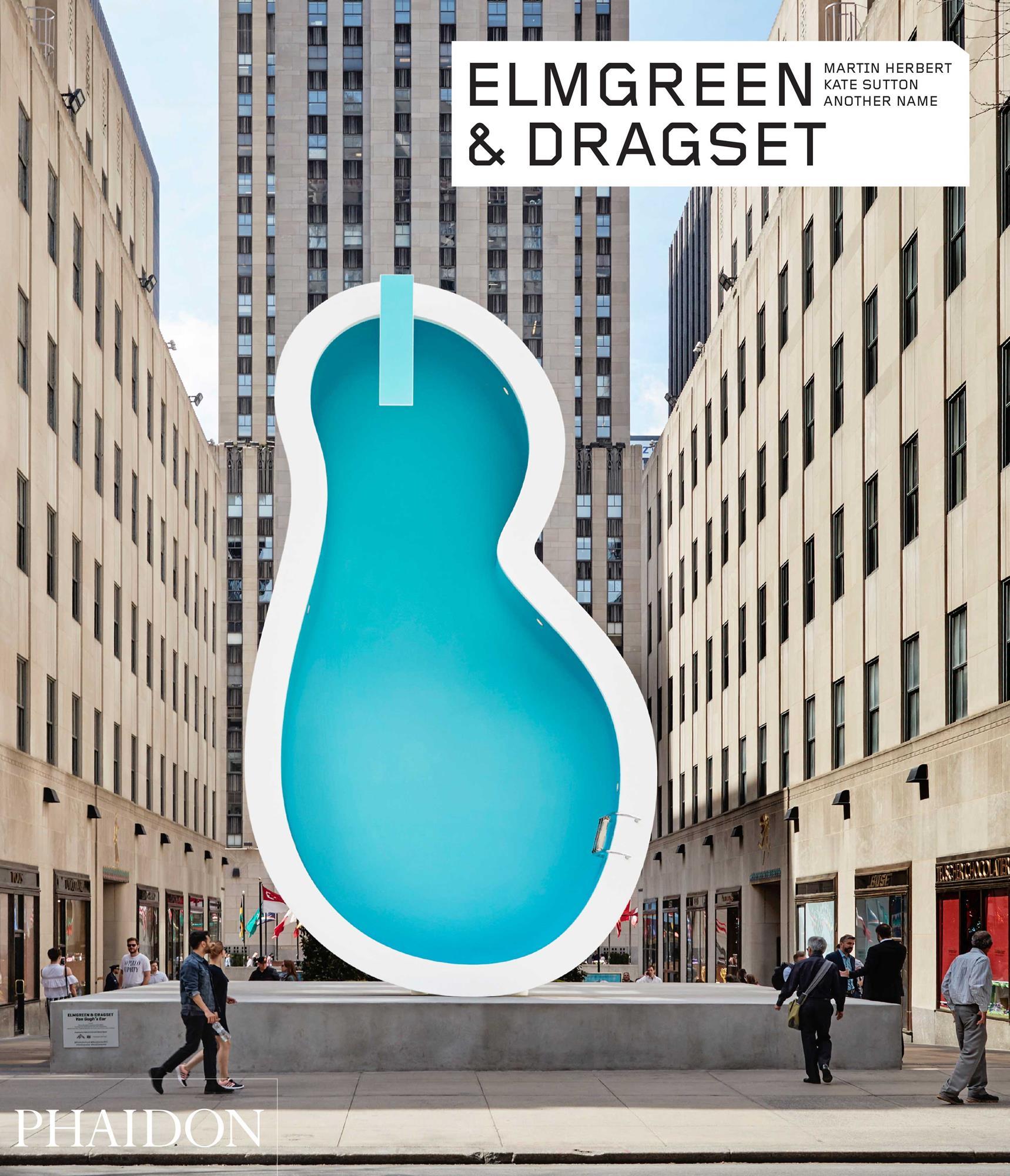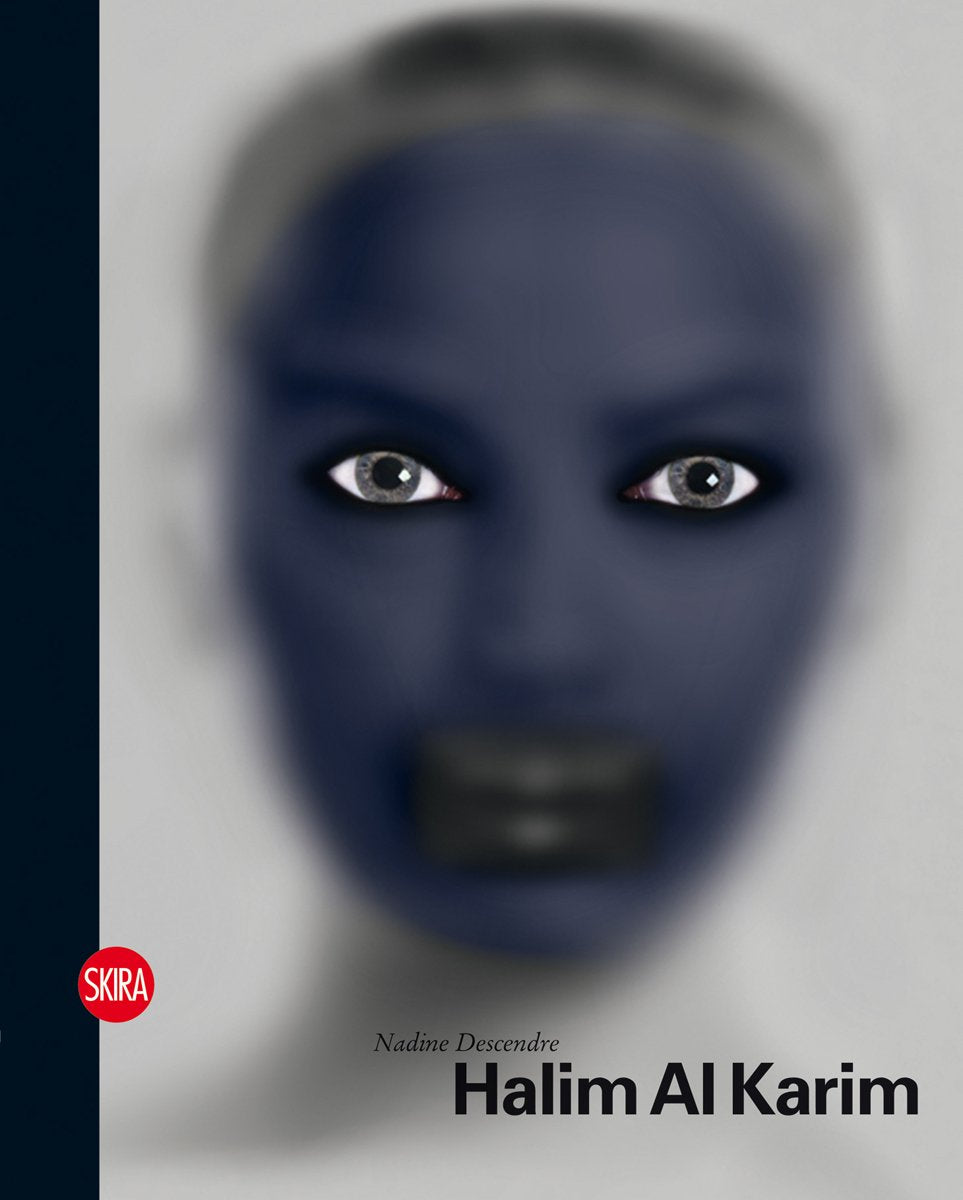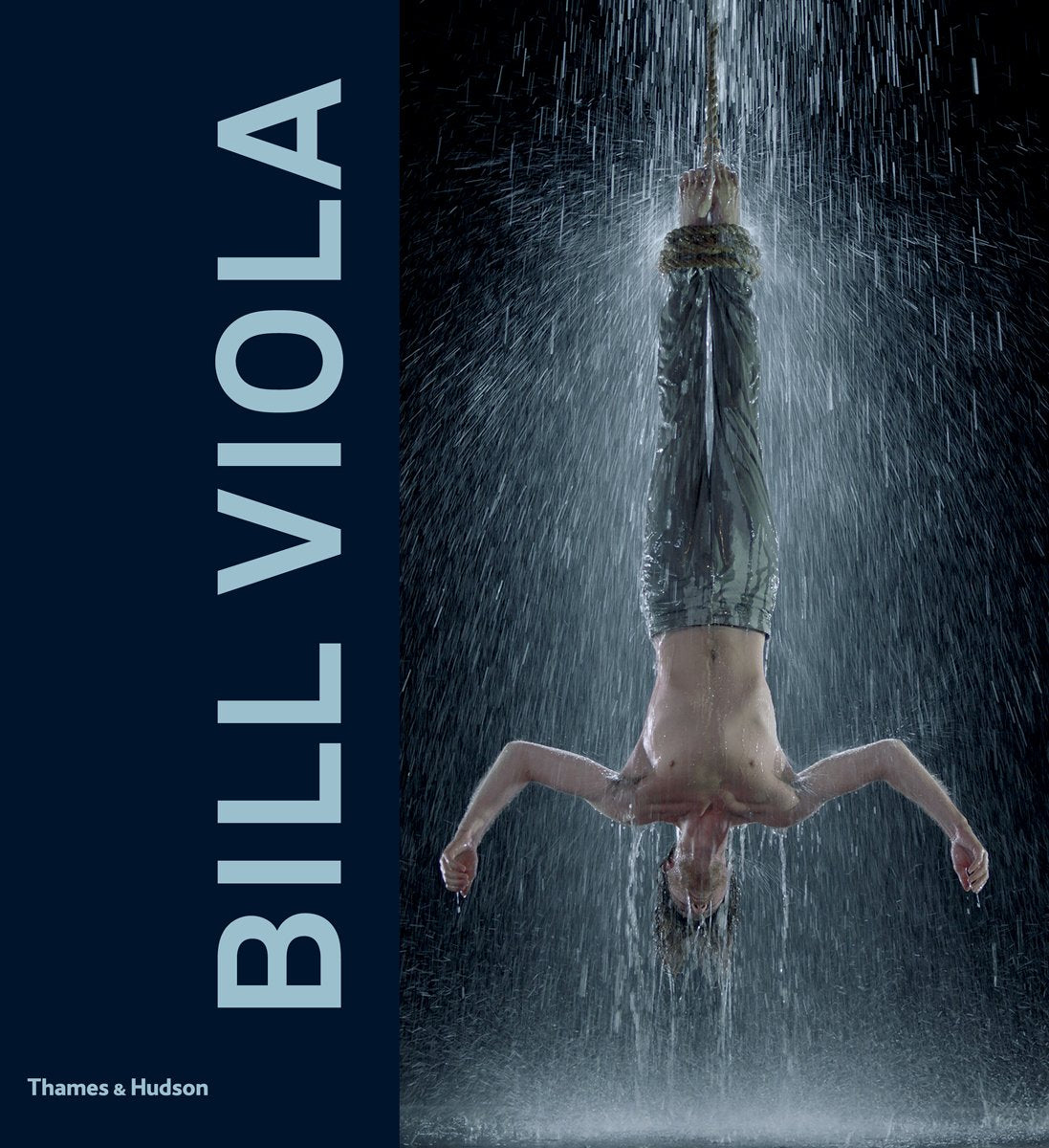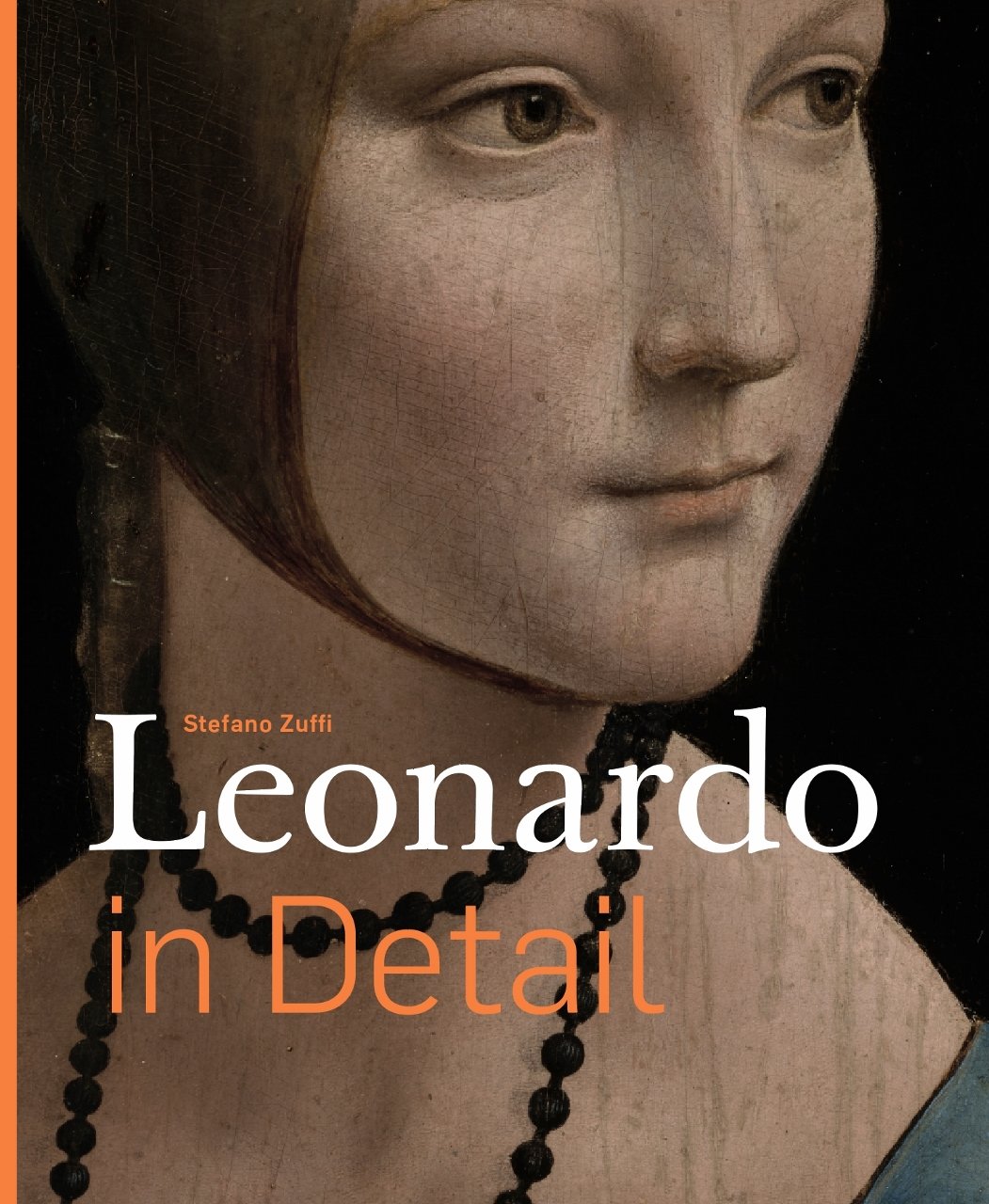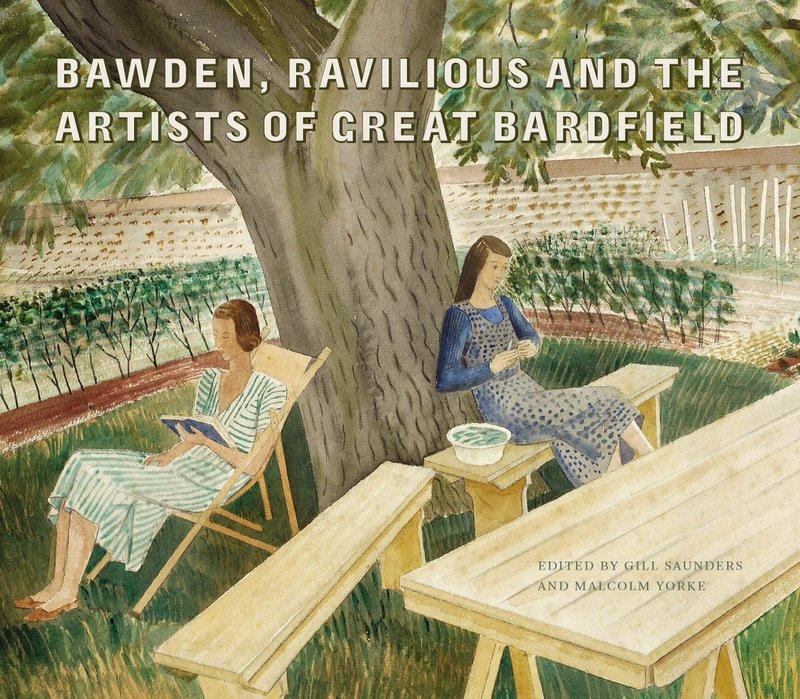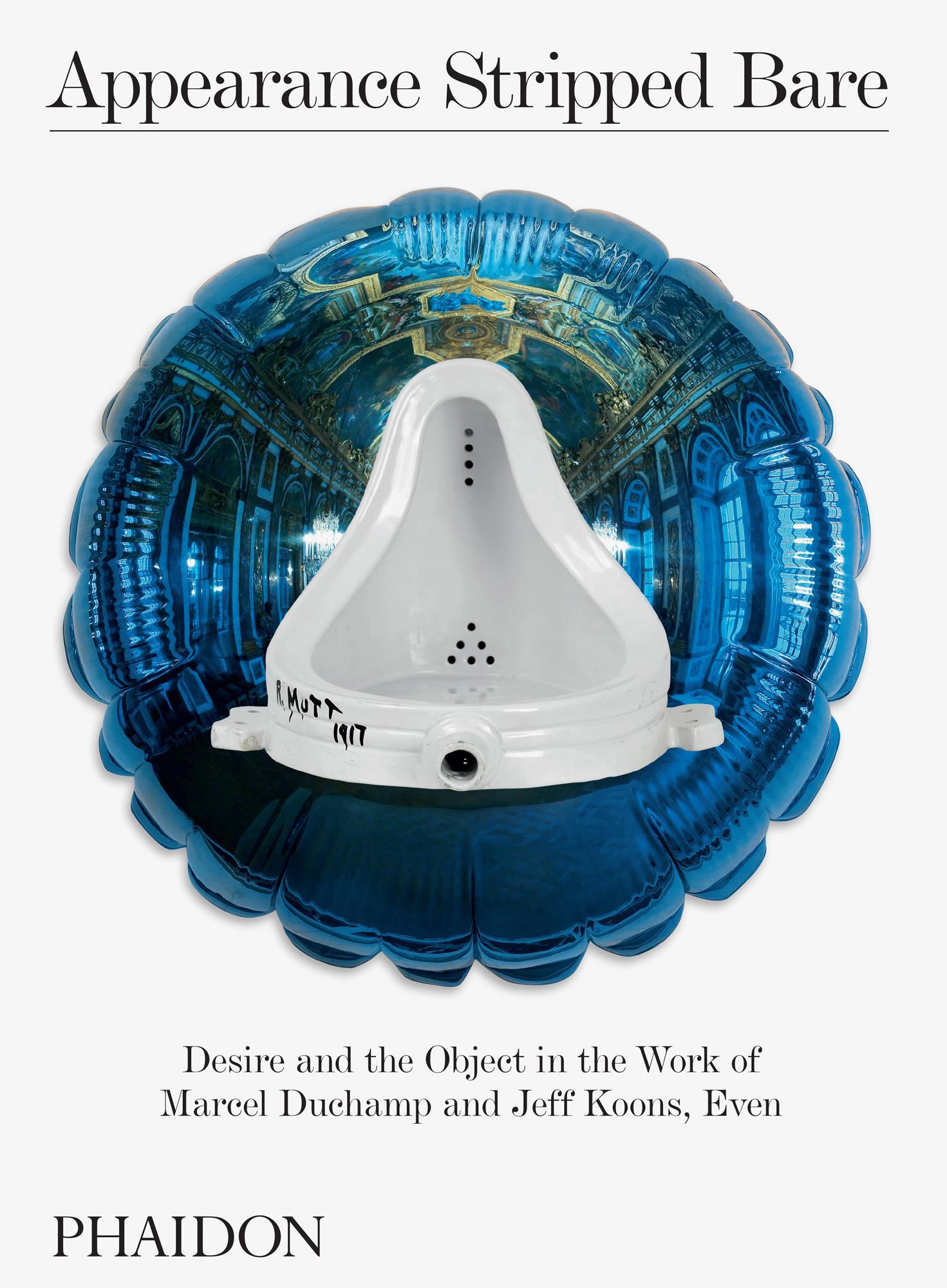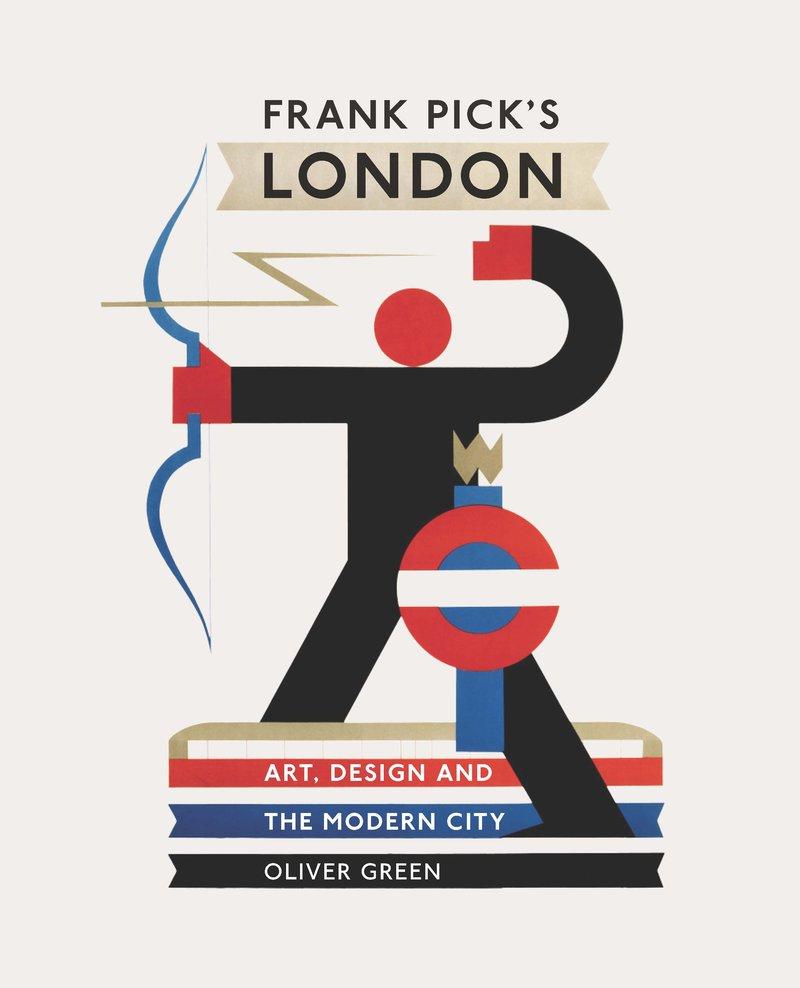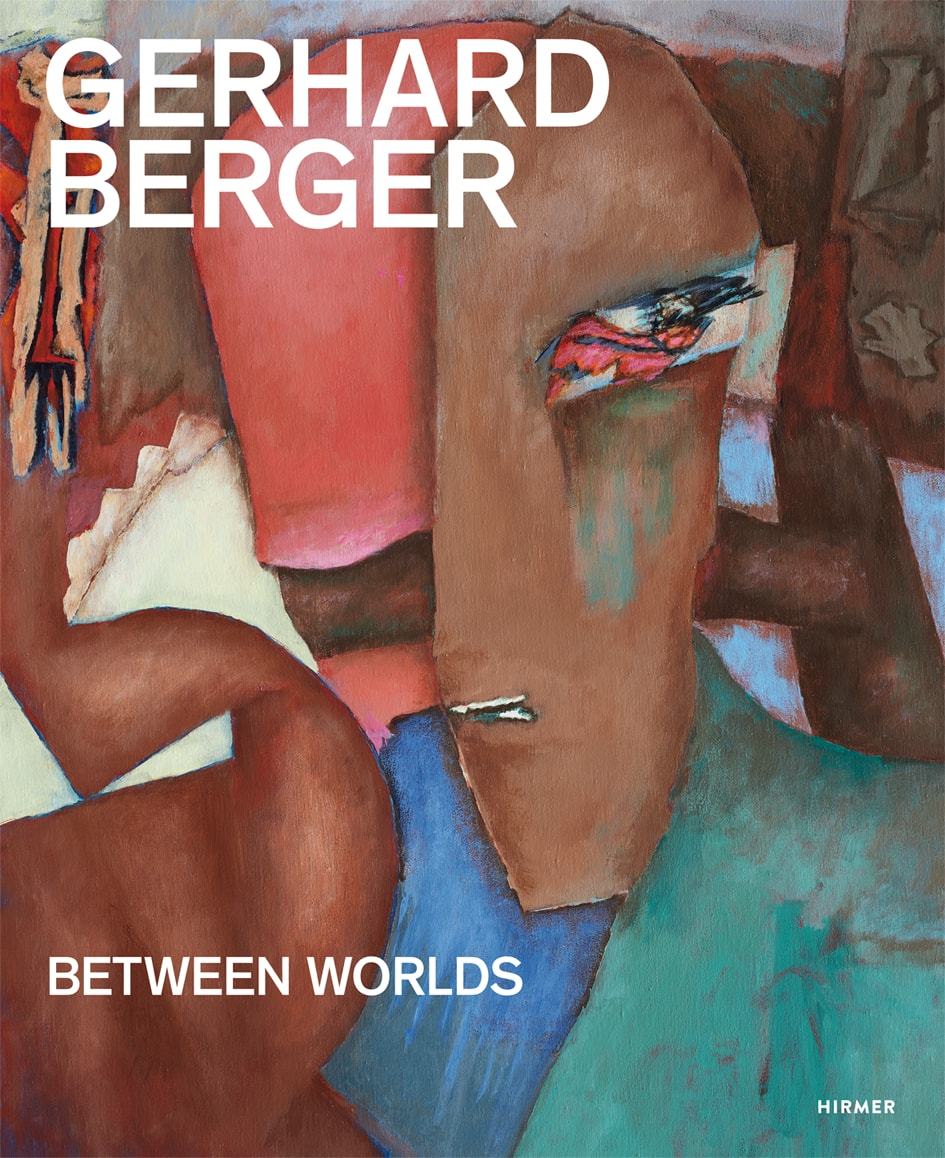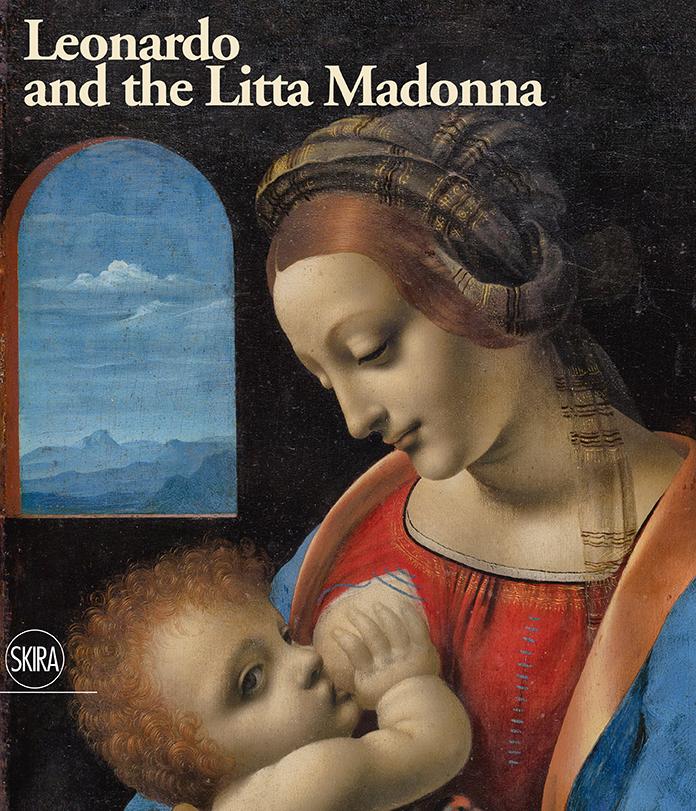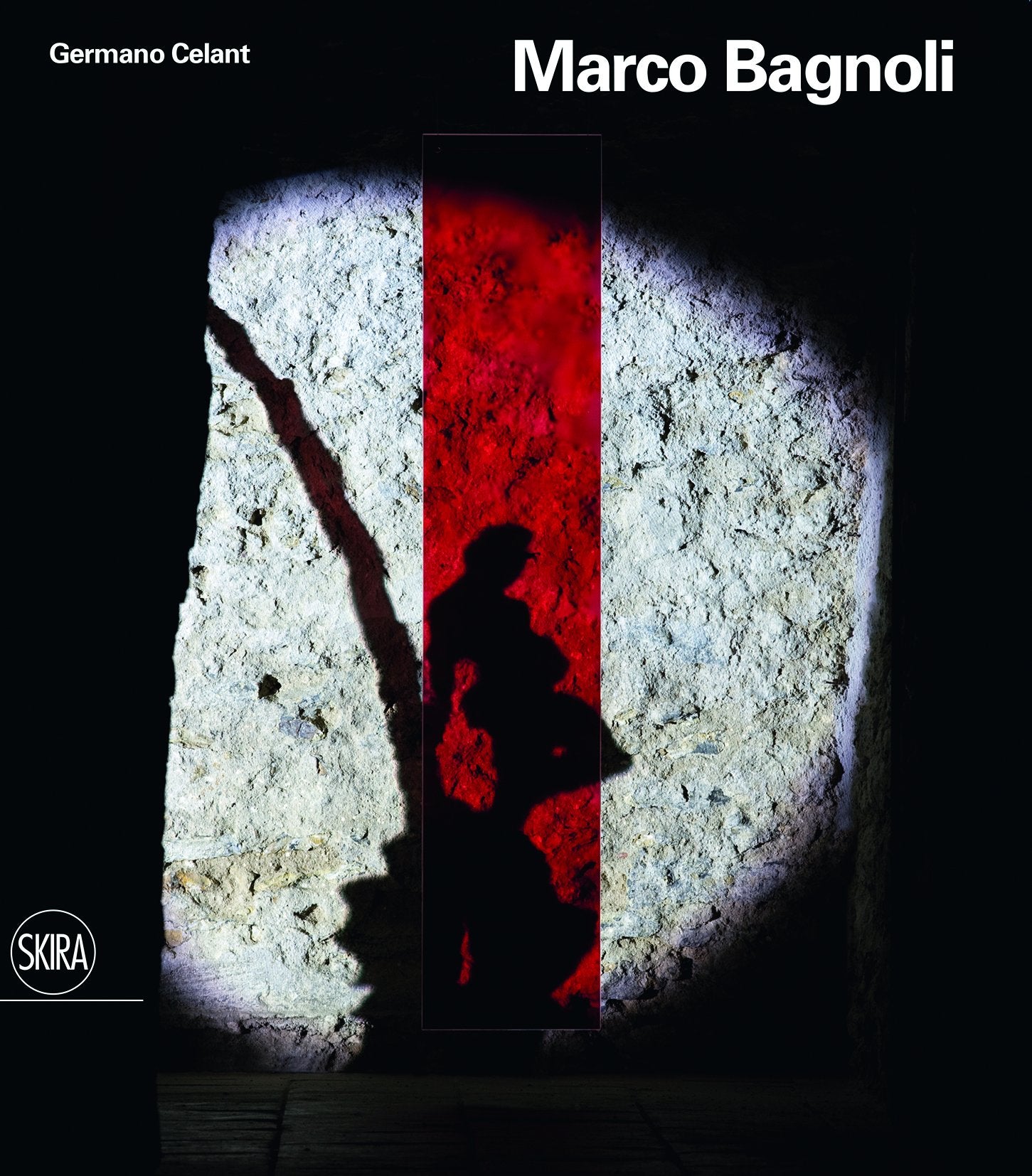Alexander Calder: Modern from the Start
Cara Manes and Alexander Calder
Alexander Calder: Modern from the Start looks at Calder’s work through the lens of his connection with MoMA, taking as a point of departure the idea that Calder assumed the unofficial role of the Museum’s “house artist” during its formative years. His work was first exhibited at MoMA in 1930, months after the institution opened its doors, and he was among only a handful of artists selected by the Museum’s founding director, Alfred H. Barr Jr., for inclusion in his two landmark 1936 exhibitions, Cubism and Abstract Art and Fantastic Art, Dada, Surrealism. He was called upon to produce several commissioned works—including Lobster Trap and Fish Tail, a multicolored mobile that hangs in the same stairwell for which it was made in 1939—and his sculptures have been a mainstay of the Museum’s galleries and Sculpture Garden ever since. Following a loose chronology, the catalogue presents examples from the full scope of Calder’s work, from the earliest wire sculptures of the 1920s through the largescale mono- and polychrome stabiles and standing mobiles of his later years. An essay by curator Cara Manes traces Calder’s rich relationship with MoMA, fueled by new research from the archives of the Museum and the Calder Foundation.
Cara Manes is Associate Curator in the Department of Painting and Sculpture at The Museum of Modern Art, New York. After studying engineering Alexander Calder moved to Paris in the late 1920s, where he found himself at the center of the city’s artistic avant-garde. There, he developed his Cirque Calder, a performance artwork comprising dozens of miniature handmade objects, and a group of standalone figurative works in wire. Turning toward abstraction in 1930, Calder invented the mobile—an abstract sculpture made of independent parts that incorporate natural or mechanical movement. He would continue to explore the possibilities of this abstract visual language for the rest of his career, eventually shifting to monumental constructions and public works. Calder maintained a very close relationship with The Museum of Modern Art throughout the institution’s foundational years; in 1943, his work was introduced to a broad audience through a mid-career retrospective at MoMA.











